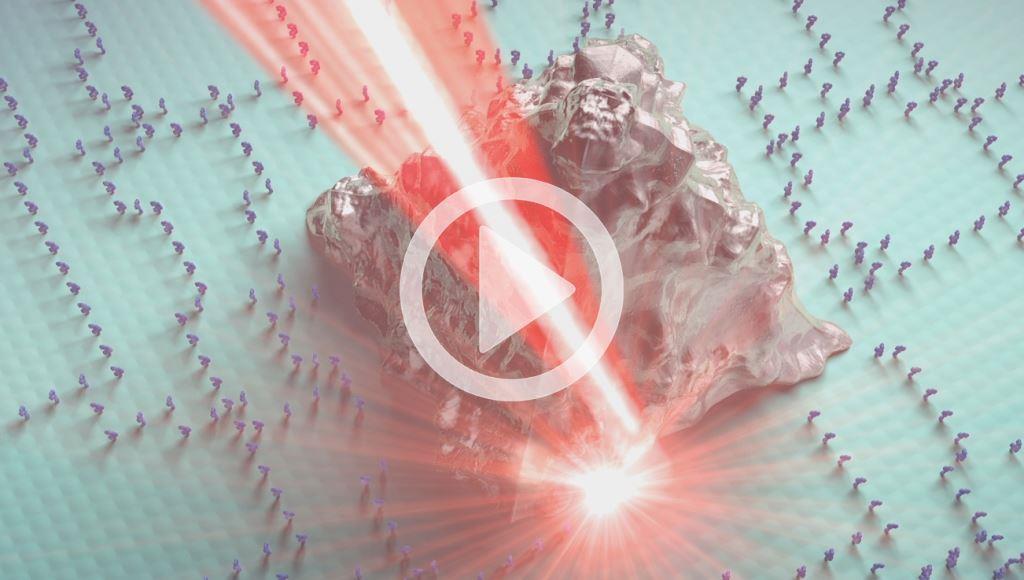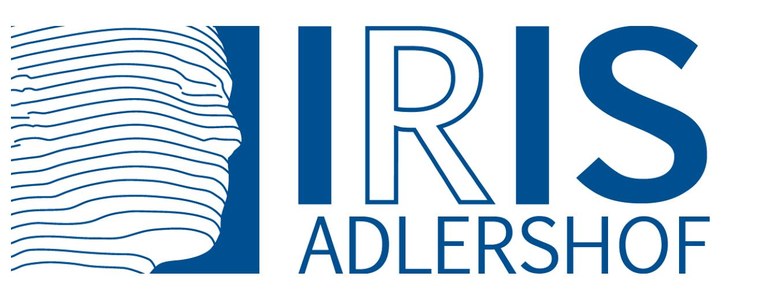Collaborative Research Centre 951 - CRC 951
Sonderforschungsbereich 951 - SFB 951
The CRC 951 - Hybrid Inorganic/Organic Systems for Opto-Electronics (HIOS) - was an interdisciplinary effort bringing together scientists with complementary expertise from four universities and two non-university institutions. The goal was the merger of inorganic semiconductors, conjugated organic materials, and metal nanostructures into novel hybrid structures. Elucidating and tailoring the fundamental chemical, electronic, and photonic interactions in these systems enabled us the development of functional elements exhibiting superior opto-electronic functionalities not achievable with any of the individual material classes alone. The CRC 951 was founded in July 2011 and had a duration of three funding periods until June 2023.
Learn more about the interesting concepts and ideas of HIOS in our clip.
Recent Research Highlights
Orbital-resolved observation of singlet fission

The authors of this CRC 951 research highlight were able to record an ultrafast movie of the photon-to-electricity conversion process, resolving a decades-old debate about the process’ mechanism.
A. Neef et al.
Nature 616, 275 (2023)
DOI: 10.1038/s41586-023-05814-1
Self-assembly and photoinduced fabrication of conductive nanographene wires on boron nitride

The authors of this CRC 951 research highlight were able to generate nanographene wires on a hexagonal BN sheet by employing supramolecular self-assembly of anthracene derivates.
X. Zhang et al.
Nat. Commun. 13, 442 (2022)
DOI: 10.1038/s41467-021-27600-1
Temperature-Dependent Electronic Ground-State Charge Transfer in van der Waals Heterostructures

The authors of this CRC 951 research highlight experimentally observed that the amount of ground-state charge transfer in a van der Waals (vdW) heterostructure increases by a factor of 3 when going from 7 K to room temperature. State-of-the-art electronic structure calculations of the full heterostructure reveal intracomponent electron–phonon coupling and inter-component electronic coupling as the key factors determining the amount of charge transfer.
S. Park et al.
Adv. Mater 33, 2008677 (2021)
DOI: 10.1002/adma.202008677
View all CRC 951 Research Highlights

Topically, HIOS is part of the Integrative Research Institute for the Sciences (IRIS Adlershof) where hybrid systems are one of the strategic focal points. IRIS is also supporting the CRC 951 by providing office space and assistance in the organization of scientific events.





